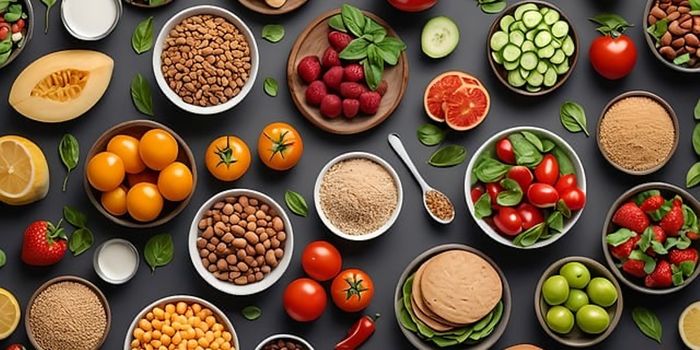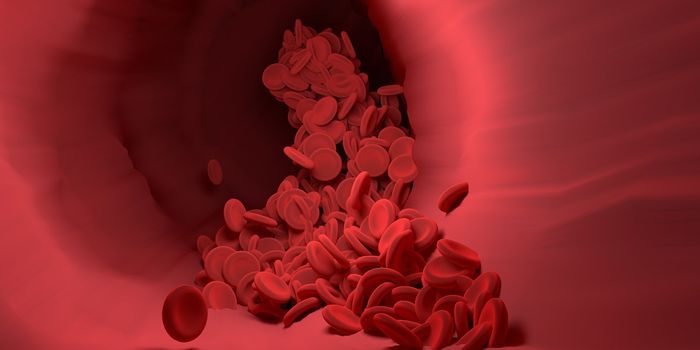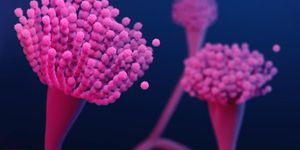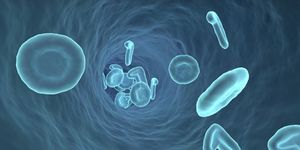Light Alcohol Consumption May Help Heart Health
A new study published in the Journal of the American College of Cardiology has shown why light-to-moderate drinking may be beneficial for the heart.
The study included over 53,000 participants who were enrolled in the Mass General Brigham Biobank and who completed a health behavior survey. About 700 of the participants also completed an imaging scan to measure their stress-related neural network activity (SNA). Using the health behavior survey, participants’ alcohol consumption was classified as none/minimal (less than one drink per week), light/moderate (1–14 drinks per week), or high (more than 14 drinks per week). Participants were followed-up with for a median of 3.4 years and major adverse cardiovascular events were monitored. The occurrence of major adverse cardiovascular events was compared to alcohol consumption habits and SNA in the participants.
The results showed that light/moderate drinking was associated with lower cardiovascular risk than none/minimal drinking or high levels of drinking, with individuals in the light/moderate category having fewer heart attacks and strokes. By looking at the individuals whose SNA was measured, the researchers further determined that stress signaling in the amygdala was lower in light/moderate drinkers. This lowered stress signaling was likely responsibly for the protective effects of light-to-moderate drinking. Lowered cardiovascular risk was particularly great in individuals who had previously been diagnosed with anxiety.
The authors of the study noted that they do not recommend alcohol as a means to reduce the risk of strokes or heart attacks. Alcohol has well-documented negative impacts on overall health, and, in addition to its other results, this study showed that drinking any amount of alcohol increases the risk of developing cancer. Given the negative health impacts of alcohol, the authors concluded that future research should focus on finding other ways to reduce the brain’s stress response and thereby reduce the risk of major adverse cardiovascular events.
Sources: JACC, Science Daily








